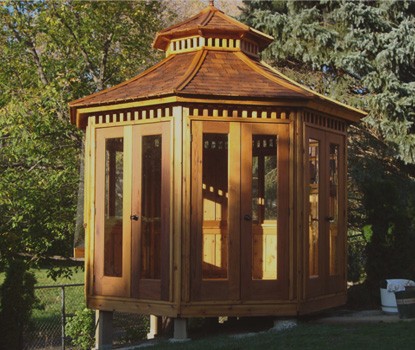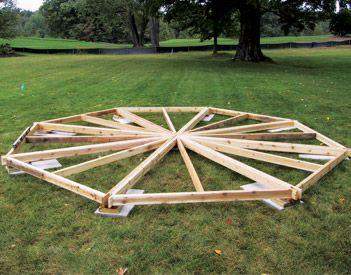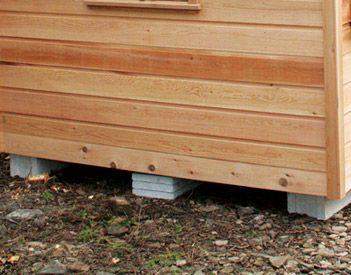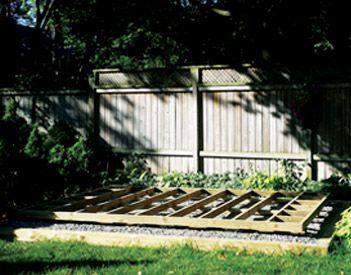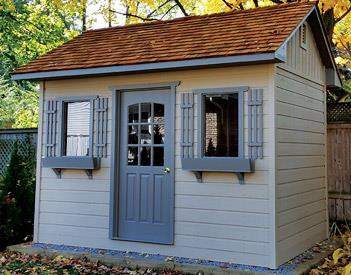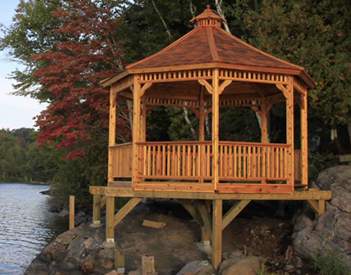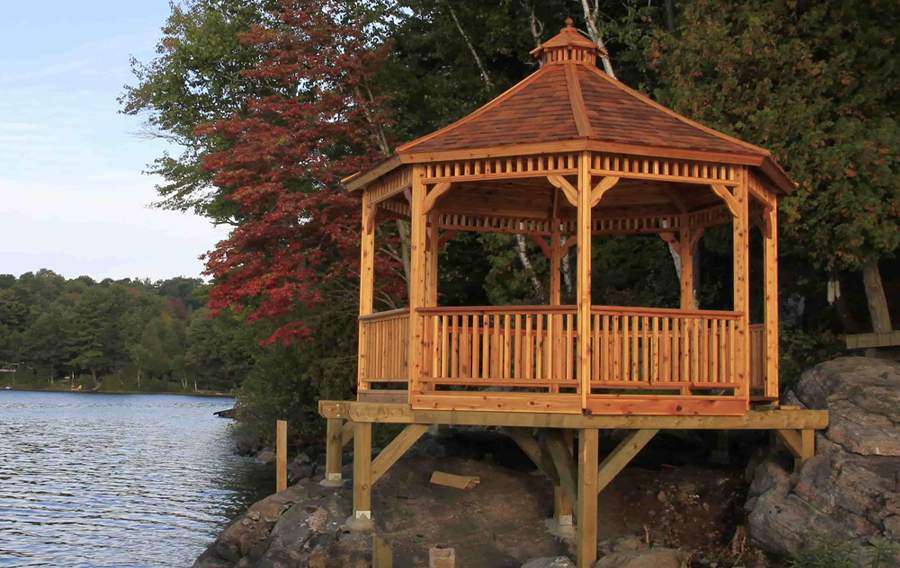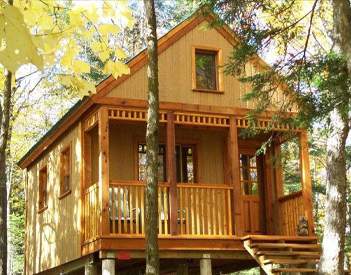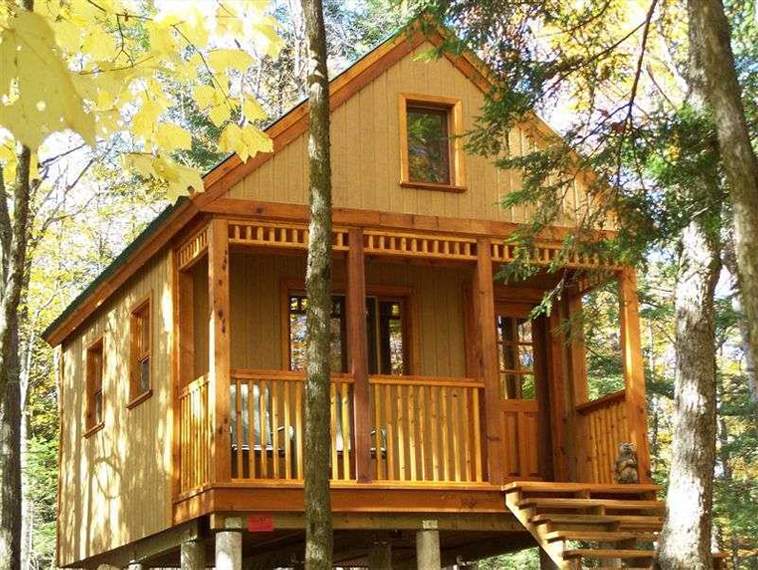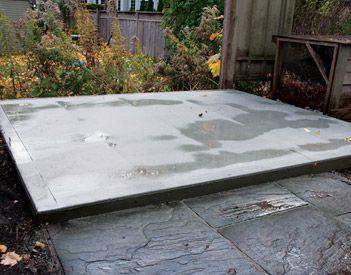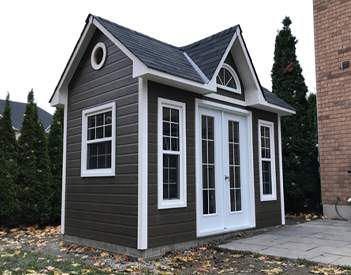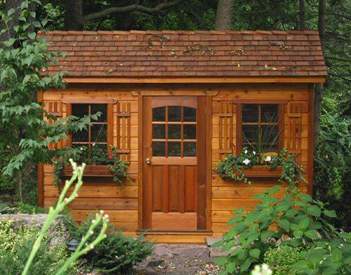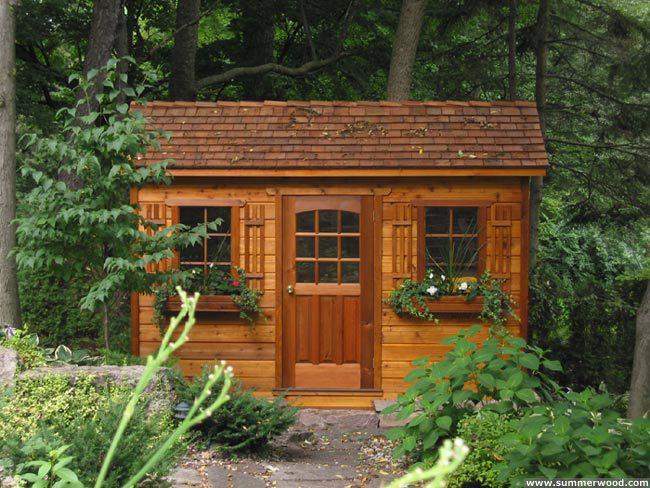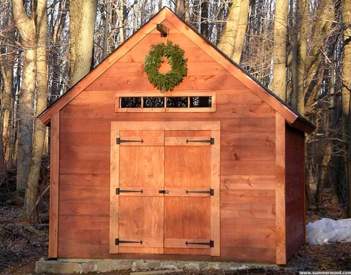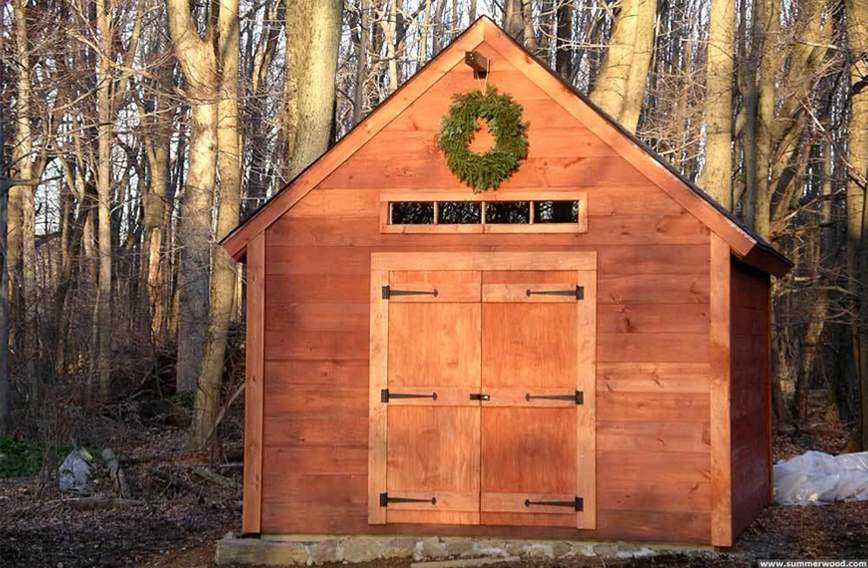Because this is literally the foundation on which your Summerwood structure rests, it is very important that you do it properly. It will ensure that your building provides many years of enjoyment. A good shed foundation also helps to ensure a level floor. If your floor is not level to begin with, your measurements will not match, creating problems later when you are assembling the walls and roof.
There are many foundation options available to you, some simple; others more complex - the use of your building, be it a shed, cabin, or garage will largely determine the foundation option you choose. Whatever option you decide on, we're a phone call away if you have any questions.


